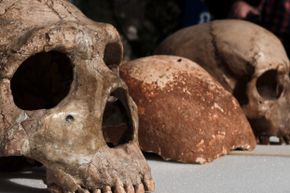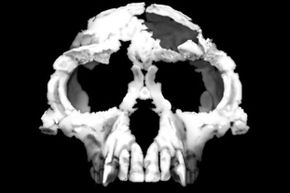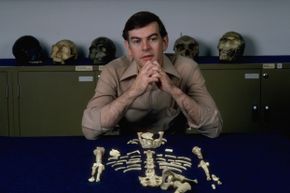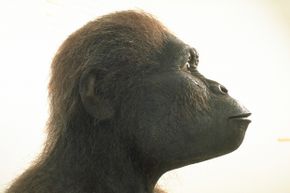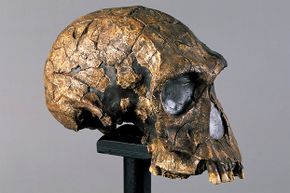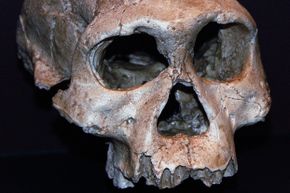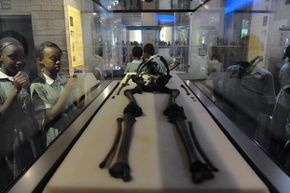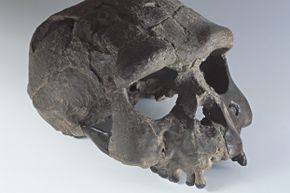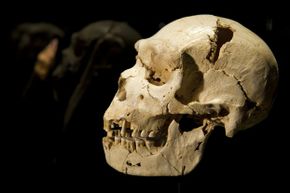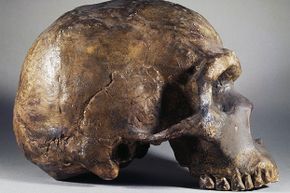Key Takeaways
- The evolution of hominids is a complex and diverse journey, illustrated by fossils from species like Ardipithecus ramidus, Australopithecus afarensis and Homo neanderthalensis, showing a range from early bipedalism to near-human traits.
- Discoveries such as "Ardi," a 4.5-million-year-old Ardipithecus ramidus in Ethiopia, and the various Australopithecus afarensis specimens, including "Lucy," provide significant insights into the physical and social behaviors of these ancient species.
- The timeline of hominid evolution is filled with branches rather than a straight line, featuring species that exhibit both ape-like and human-like characteristics, reflecting a rich history of adaptation and survival strategies.
Since at least the time of the ancient Greek philosophers, we have been comparing the human race to the other animals that inhabit this world. We're driven by the same instincts and urges as animals, yet humans are infinitely more complex in emotion and thought. Several breakthroughs in the past two centuries have helped us explain this. And yet, many questions remain.
In the 18th century, Carolus Linnaeus designed a Latin-based naming system for the planet's species and labeled ours Homo sapiens, meaning "wise man." In 1859, Charles Darwin published his theories about natural selection, or how species change by adapting to their environment: Those individuals with successful traits are more likely survive to pass on those traits. After many generations, therefore, the whole species rejects some traits and adopts others.
Advertisement
Such an evolution from chimpanzee to human would take many millennia. Fortunately, archaeologists have uncovered many different kinds of fossils of extinct species that exhibit similarities to both chimps and humans. By examining bone structure, teeth and DNA, researchers can make educated guesses as to these species' mobility, diet, brain size, age — and how we might be related.
Hominids are the group of species that includes humans, chimpanzees, gorillas and orangutans in addition to their immediate ancestors. (Hominins are a subfamily of hominids that includes the genus Homo and its immediate ancestors or relatives). The history of hominids is not a straight line from chimps to humans, but rather a diverse family tree that's still being debated and assembled as we find more fossils. We'll explore the species that came before us, many of which thrived for much longer than Homo sapiens have been around.
